Many travelers say that St. Lucia has the friendliest people in the Caribbean and my experience in 2006 leads me to whole heartily agree. This is an island of rugged beauty, filled with towing mountains, active volcano's, green valleys and acres of banana and cocoa plantations. But beyond a doubt, the most impressive topographical feature is the twin peaks of the Pitons, which soar over 2,400 feet high. The Pitons were formed by an oceanic volcano thousands of years ago and it attracts visitors from around the world, because of their unique location at the edge of the sea.
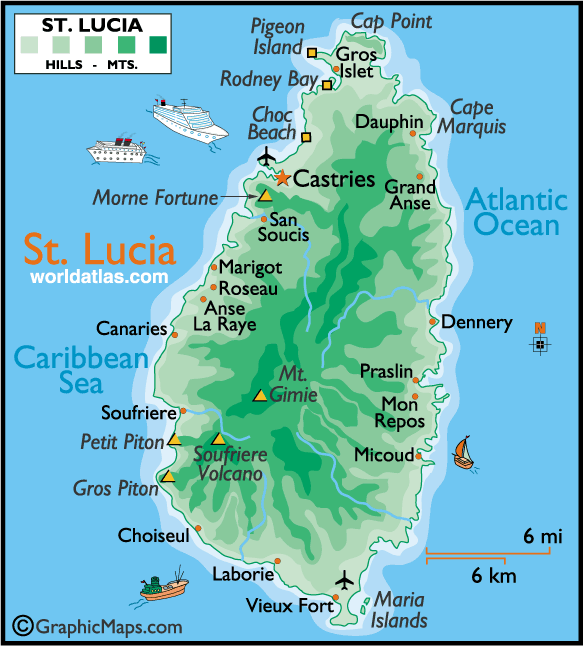 |
St. Lucia is
situated in the middle of the Windward Islands. Christopher Columbus
has traditionally been given credit for discovering St. Lucia in 1502,
but some relatively new theories challenged this view. Juan de la
Cosa, a lieutenant under Columbus, instead claims to have discovered
the island in 1499. In yet another version, French sailors claimed to
have landed here in 1502. Even more interesting, is the appearance of
the island on a Vatican globe dated in 1502. During the next 300 years,
St. Lucia was alternately occupied by British and French forces as they
battled on land and sea for control of the West Indies. In 1802, the
Treaty of Paris established France's sovereignty over the island, but
the following year, the two nations were at war again. The 1814, the
Treaty of Paris ceded St. Lucia to Britain, and the island remained a
British possession until 1967, when it became a self-governing
associate state of Britain. In February of 1979, St. Lucia became an
independent nation within the British Commonwealth. |
 |
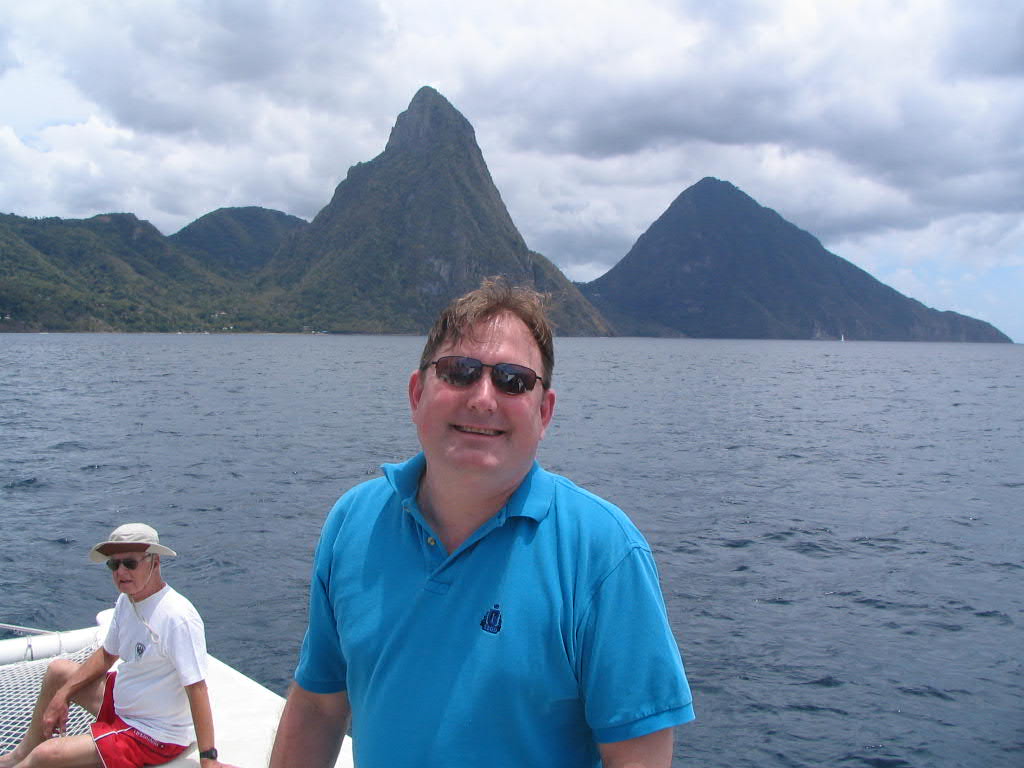
Sailing to the Pitons in 2006
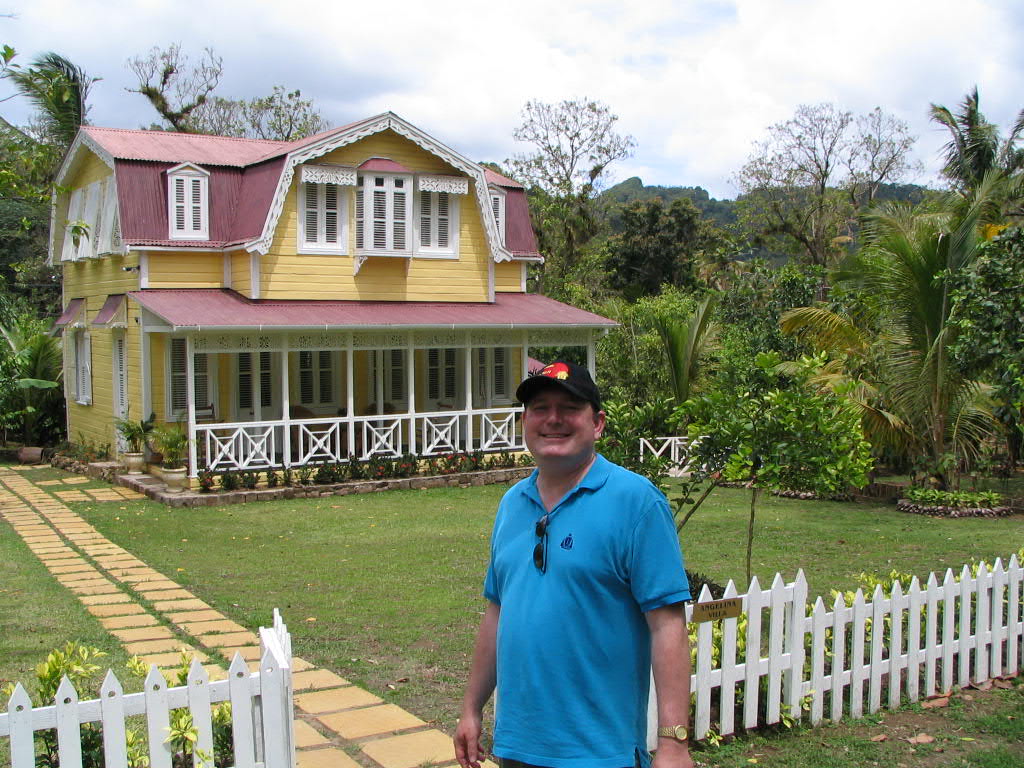
Just outside of Soufiere
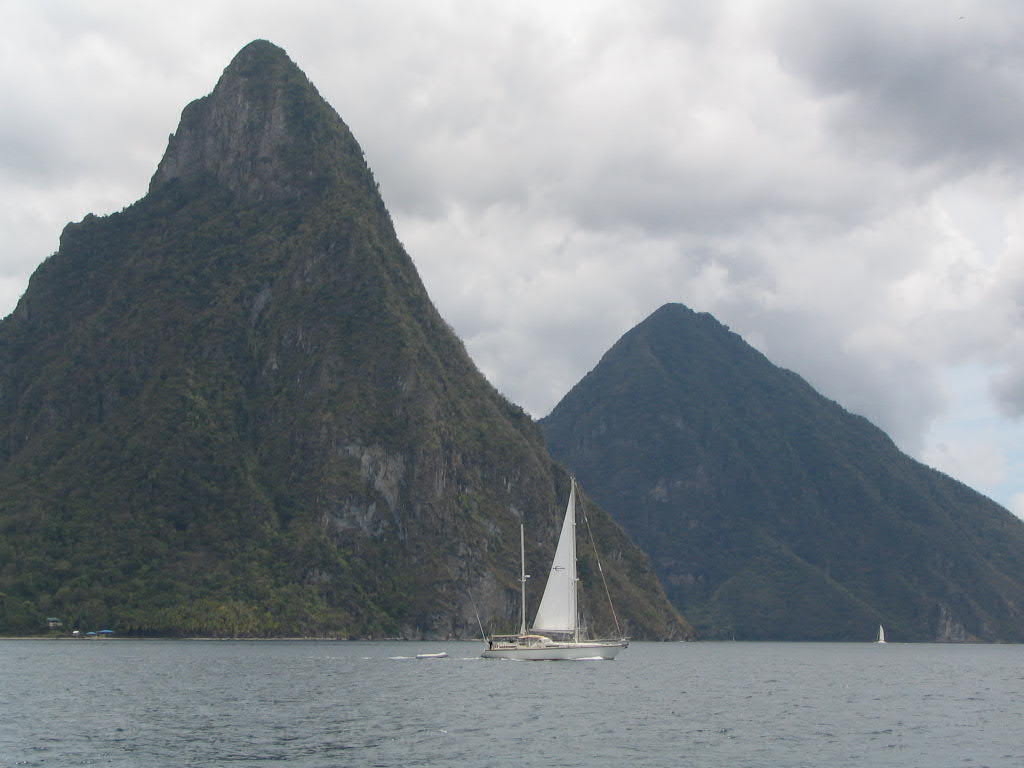
The Impressive Pitons
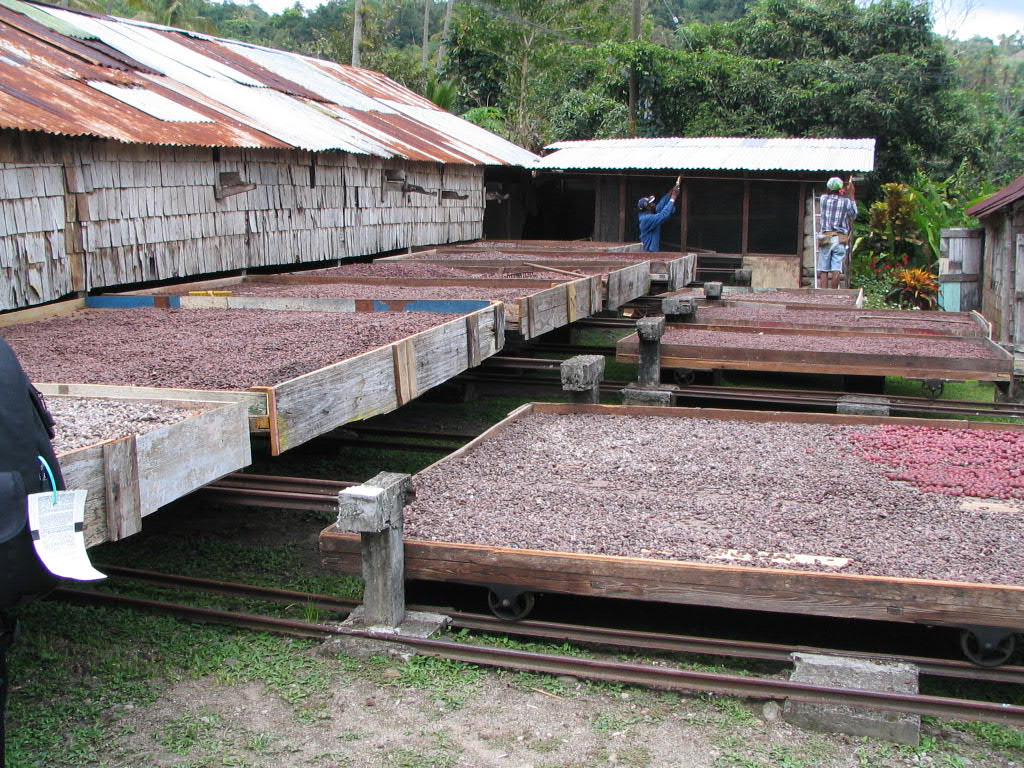
A Cocoa Plantation outside Fons St. Jacques
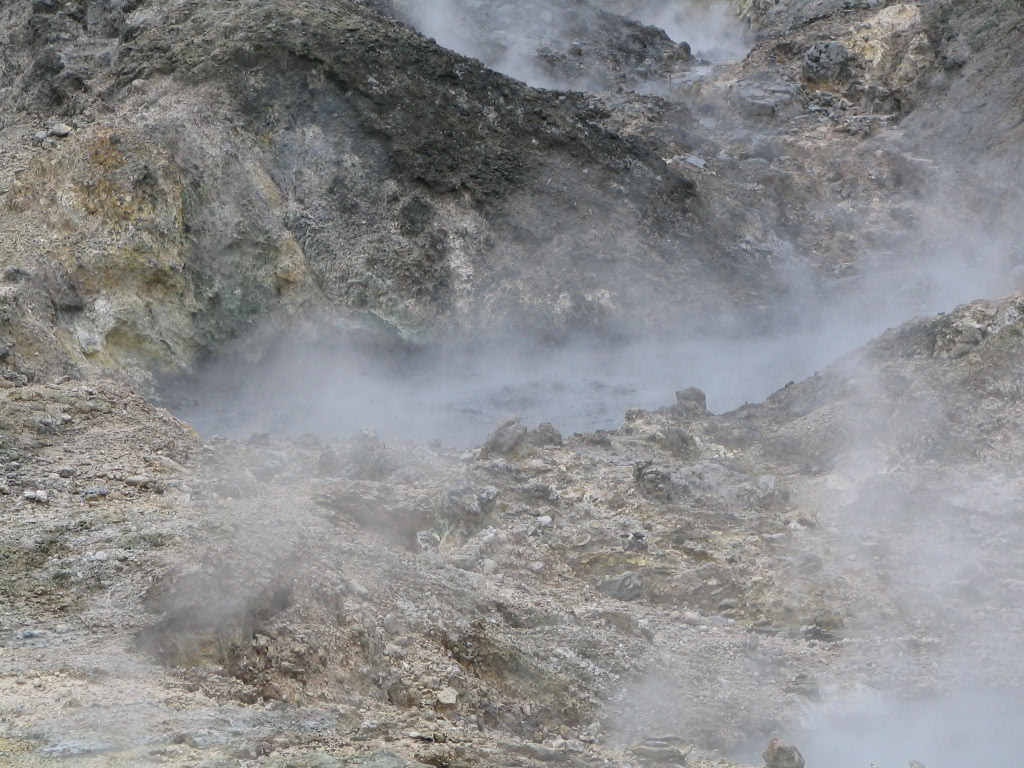
Active Mt. Gimie Volcano outside Canaries, in the Rain Forest
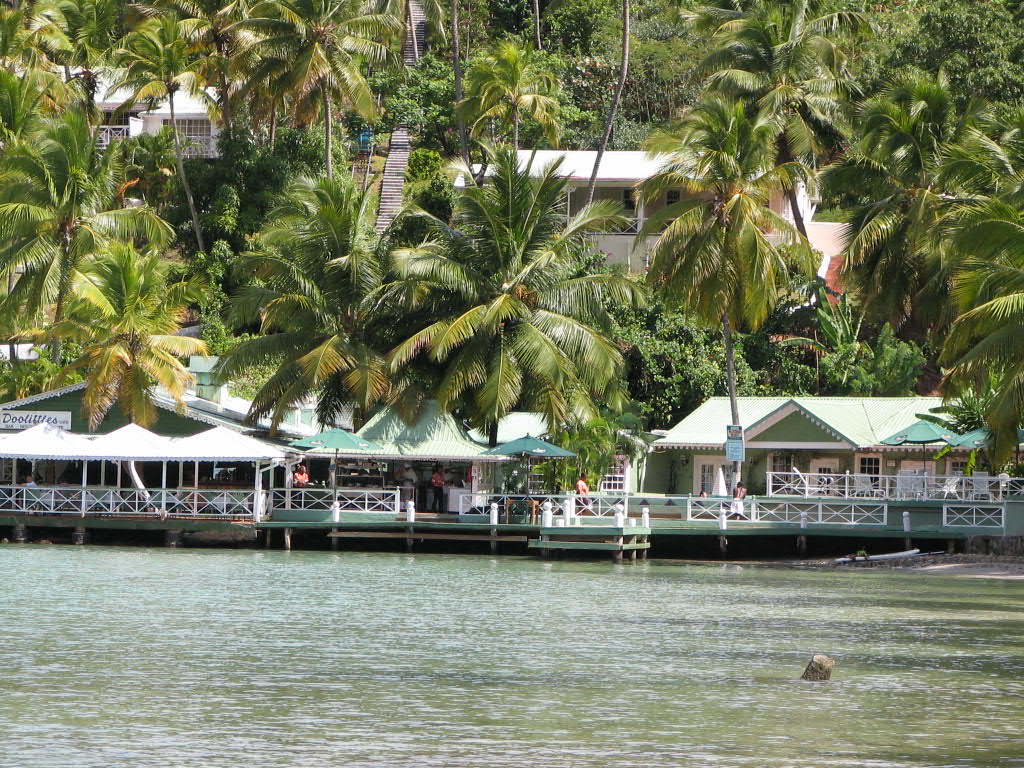
The Moorings Harbor outside the Capital, Castries


